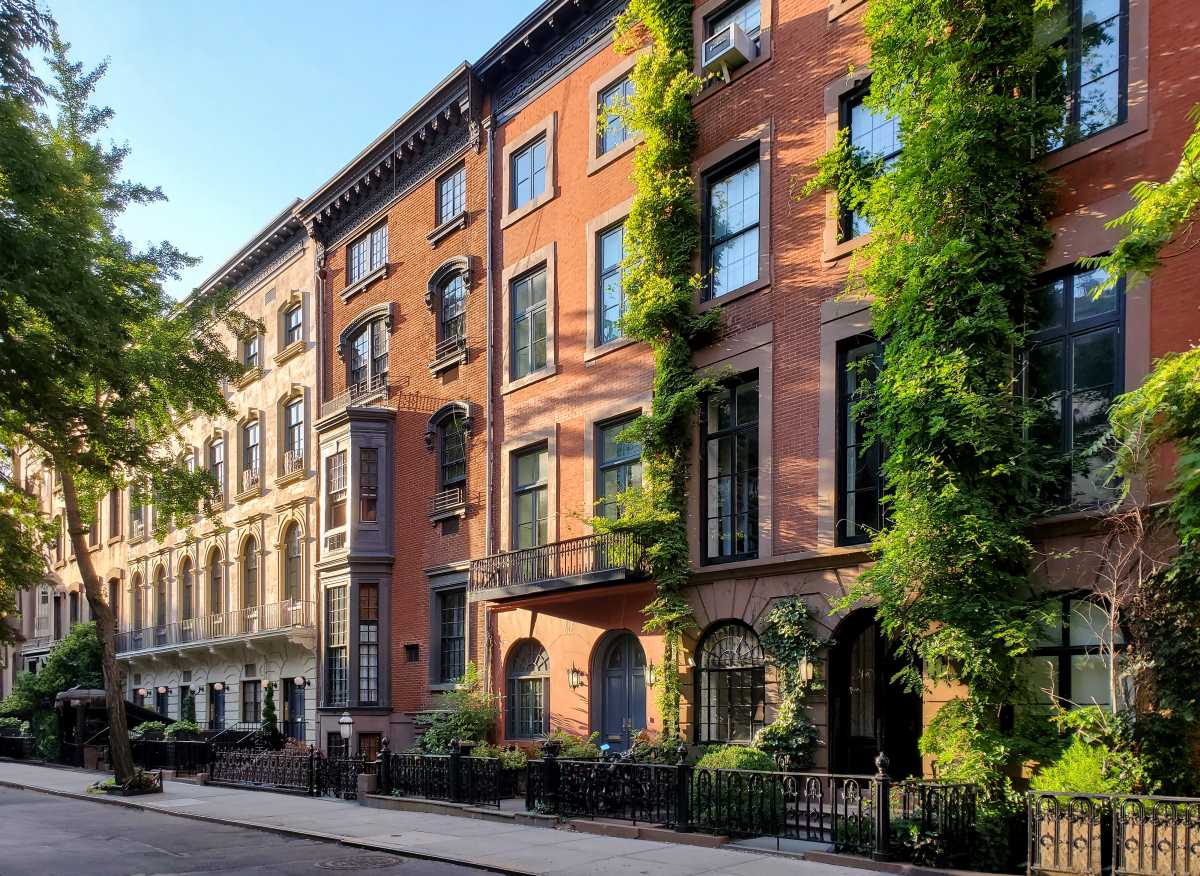The turmoil in Ferguson, Missouri provides a textbook example of what officials should not do when police kill an unarmed black teen.
Almost a week after Michael Brown was shot, the public still wasn’t officially given the name of the officer who pulled the trigger. There was no official account of what happened and why. For days as protests swelled and turned violent, state and local elected officials were conspicuously absent instead of working tirelessly to cool passions.
Police responded to mounting protests by creating a war zone. The streets were flooded with armored vehicles, officers were clad in body armor and camouflage. High-powered assault weapons were pointed at the protesters and the press. Some were hit with tear gas and stun grenades. Two journalists were arrested while eating and charging cellphones at a McDonald’s.
This provocative response escalated a confrontation already roiled by race in the St. Louis suburb where two out of three residents are black, but practically all the police officers are white. The events were magnified by social media, including more than 6 million tweets, and by Wednesday the dramatic scenes were being streamed live around the world.
After talking with Missouri Gov. Jay Nixon On Thursday, President Barack Obama called for badly needed balance when he said there is never an excuse for looting and violence against police — or for police to use excessive force against peaceful protesters. Nixon finally seemed to take charge by putting the state highway patrol in charge on the streets. The FBI and the U.S. Department of Justice are doing parallel investigations with local law enforcement. The facts will eventually come out.
But to win the public trust, and not just in Missouri, officials have to trust the public with information. Racially charged killings can’t be dismissed as isolated incidents. There’s an intolerable pattern nationally of unarmed black men dying at the hands of police. Fair adjudication of each case is critical. So is finding a way to avoid such senseless deaths.






























